Nanjing, the capital of Jiangsu Province and one of China’s Four Great Ancient Capitals, is steeped in over 2,500 years of history. Once the seat of dynasties and the Republic of China, the city blends cultural grandeur with modern vitality. From strolling the tree-lined avenues around Xuanwu Lake to exploring solemn memorials and lively markets, Nanjing offers travelers a unique journey through time. Whether you’re here for river views, imperial landmarks, or authentic street eats, Nanjing welcomes every visitor with a rich tapestry of experiences.
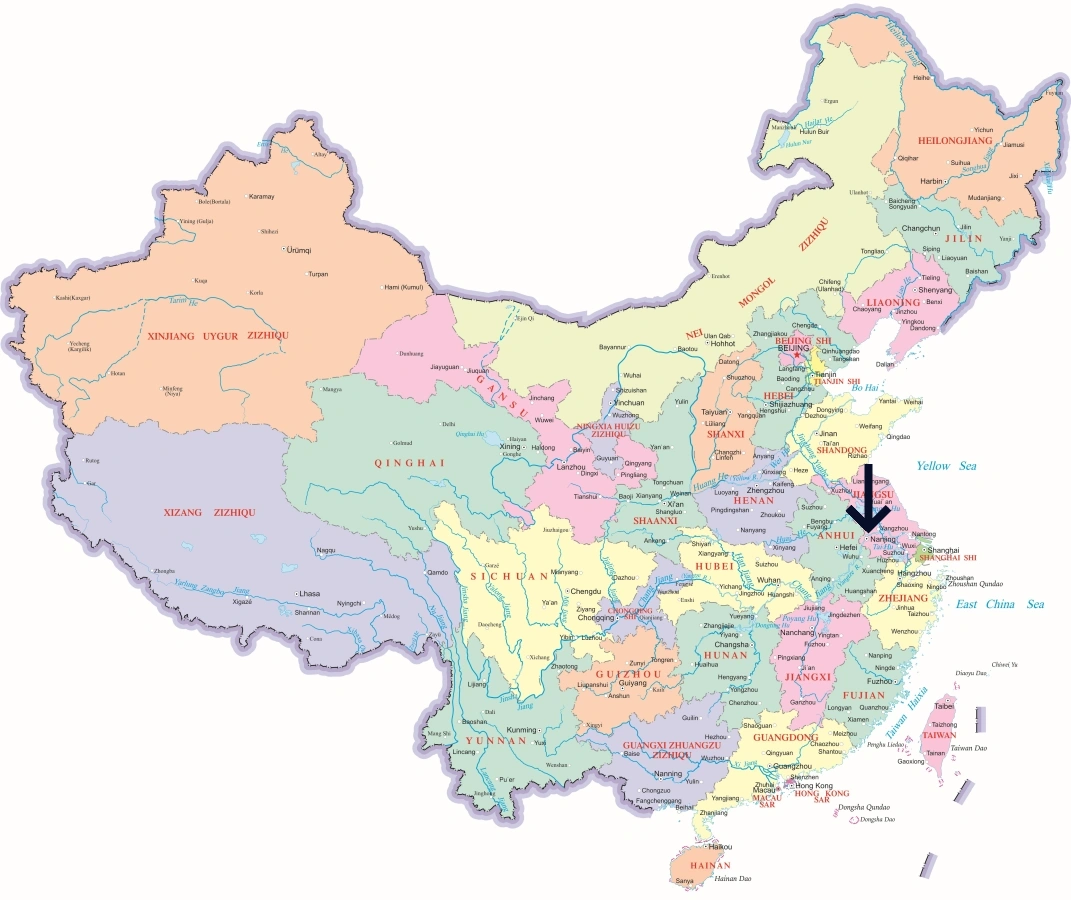
Nanjing’s highlights combine UNESCO-recognized heritage with modern city life. Walk up the grand steps of the Sun Yat-sen Mausoleum, explore the treasures at the Nanjing Museum, or reflect at the Nanjing Massacre Memorial Hall. Stroll the bustling Confucius Temple (Fuzimiao) district, cruise the Qinhuai River at night under glowing lanterns, and admire the majestic City Wall of Nanjing, one of the longest in the world. For nature escapes, head to Purple Mountain (Zijin Shan), where temples, mausoleums, and trails meet forested slopes.
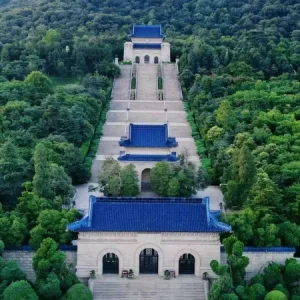
Located in Nanjing, is a grand memorial to Dr. Sun Yat-sen. Blending traditional Chinese and modern architecture, it is a cultural landmark surrounded by beautiful landscapes.
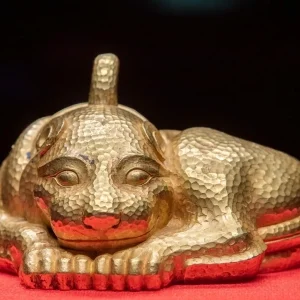
The Nanjing Museum is one of China’s largest museums, showcasing rich collections of ancient artifacts, ceramics, paintings, and historical relics. It offers deep insights into Chinese history and culture.
Nanjing is a paradise for food lovers, famous for its duck dishes and comforting street snacks. Don’t miss Nanjing Roast Duck, loved for its salty, crisp flavor, and the rich Duck Blood Vermicelli Soup, a true local favorite. Warm up with Chicken Broth Soup Dumplings and savor the crispy bite of Beef Potstickers. For noodles, try Fried Pig Skin Noodles (Pidu Mian), while those with a sweet tooth should sample Plum Blossom Cake, a traditional pastry shaped like flowers. From lively markets to riverside teahouses, every bite tells a story.
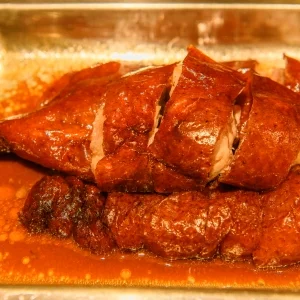
Nanjing Roast Duck is famous for its crispy skin and tender meat. Unlike Beijing style, it has a unique salty flavor, making it a must-try local specialty.
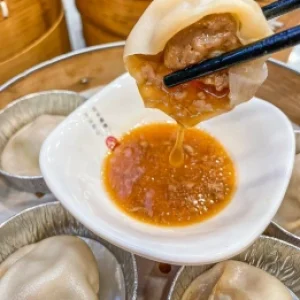
Chicken Broth Soup Dumplings are delicate steamed buns filled with rich chicken soup and tender meat. Each bite bursts with savory flavor, offering a comforting taste of Nanjing.
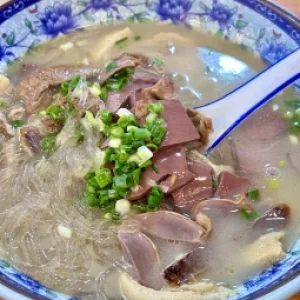
Duck Blood Vermicelli Soup is a signature Nanjing dish with duck blood curd, vermicelli, and duck offal in a flavorful broth. It’s hearty, warming, and deeply authentic.
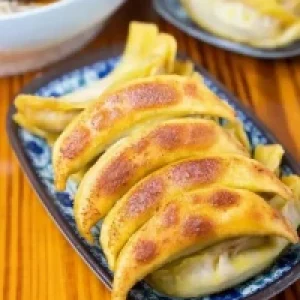
Beef Potstickers are pan-fried dumplings with crispy golden bottoms and juicy beef filling. They combine savory taste with crunchy texture, making them a popular street food snack.
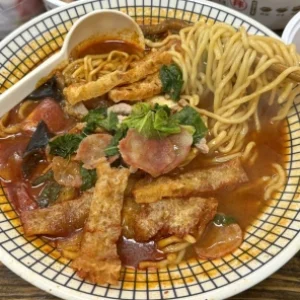
Fried Pig Skin Noodles, or “Pidu Noodles,” feature chewy noodles topped with crispy fried pig skin and flavorful broth. This unique combination creates a rich and satisfying dish.
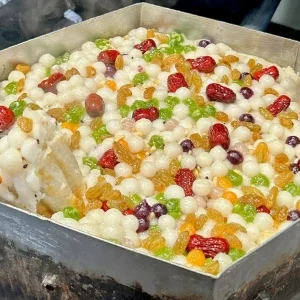
Plum Blossom Cake is a traditional sweet pastry shaped like a flower. Soft, fragrant, and slightly sweet, it is a beloved local dessert often enjoyed during festive occasions.
Nanjing’s expanding metro system (10+ lines), convenient buses, and affordable taxis make exploring easy. High-speed rail links connect Nanjing with Shanghai in just 1.5 hours and Beijing in under 4 hours. The city is served by Nanjing Lukou International Airport (NKG), offering flights across China and Asia. Apps like Didi for rides and Amap/Apple Maps for navigation keep travel smooth, while walking and cycling are pleasant in historic districts.
Luxury travelers gravitate to riverside hotels and stylish stays near Xinjiekou, Nanjing’s shopping and nightlife hub. Boutique hotels cluster around Confucius Temple and Qinhuai River, perfect for night cruises and food tours. Budget-friendly hostels near Nanjing University and Xuanwu Lake offer laid-back vibes for students and backpackers. For a quieter escape, consider resorts near Tangshan Hot Springs or mountain lodges by Purple Mountain, ideal for hiking and cultural exploration.
With ancient heritage and modern comforts, Nanjing rewards both slow explorers and energetic adventurers. Spend the morning walking Ming City Wall, sip tea in a lakeside pavilion, and in the evening, catch a Qinhuai River lantern cruise. History buffs can spend days diving into mausoleums, temples, and museums, while food lovers hop between night markets and traditional teahouses. Every corner of Nanjing reveals a piece of China’s story waiting to be discovered.
The best times to visit Nanjing are spring (March to May) and autumn (September to November), when the weather is mild and the scenery most pleasant. Summers tend to be hot, humid, and rainy, while winters are damp and occasionally snowy, particularly around Purple Mountain. Travelers should note that Alipay and WeChat Pay are widely accepted across the city, though carrying some small bills can be useful in traditional markets and smaller eateries. It is also advisable to avoid the peak crowds during the Golden Week holiday in early October. An umbrella is handy at any time of year, and comfortable walking shoes are essential for exploring the city walls, ancient streets, and scenic riverfronts.
Nanjing is the capital of Jiangsu Province and one of China’s most important historical and cultural cities. It covers about 6,587 sq km and has a permanent population of approximately 9.42 million. Here’s a breakdown by district:
Note: Population numbers are based on the latest estimates and may vary slightly.
Nanjing has a humid subtropical climate with four distinct seasons. Winters are cold and damp, summers are long, hot, and humid, while spring and autumn are mild and pleasant. Typhoons and heavy rains occasionally affect the city in summer.
Here’s what to expect month by month:
Best travel season: March to May and September to November.
Here are the postal and telephone codes for major districts in Nanjing:
Explore detailed travel guides for China’s most popular cities, covering attractions, local food, accommodations, and transportation tips.

 English (US)
English (US)